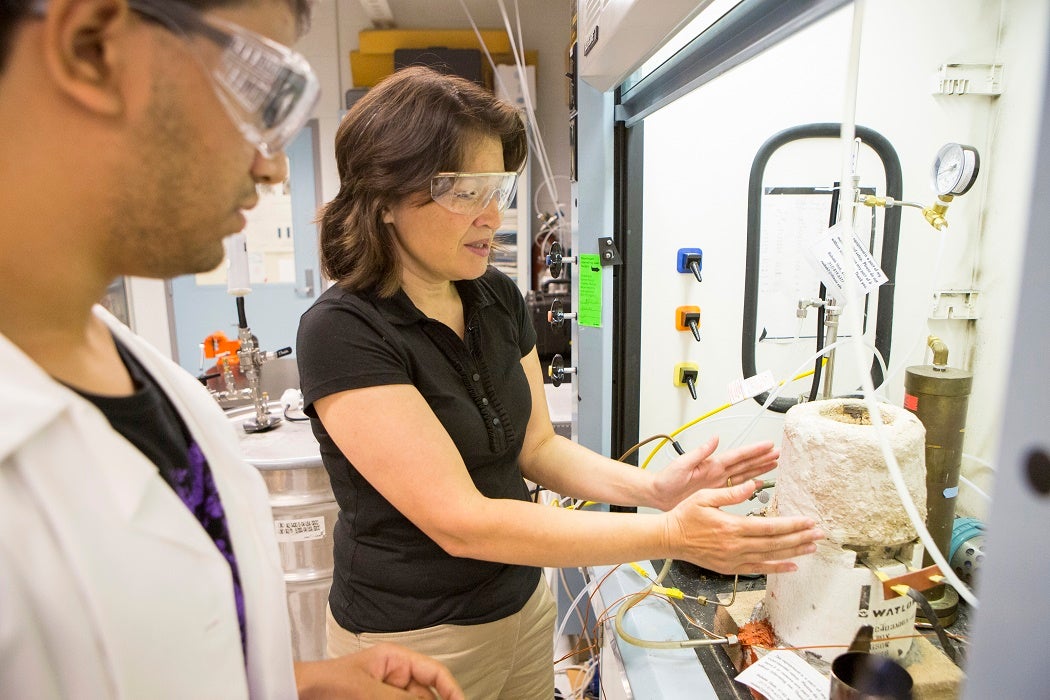Environmental engineer and newly-minted MacArthur Fellow Tami Bond is an expert on “black carbon,” the soot particles created by fire. 8,000 kilotons of black carbon are launched into the atmosphere every year, 77% of it from the developing world, where wood is still a major source of cooking fuel.
These particles are almost pure carbon and many times smaller than the width of a human hair. They can travel long distances through the air, and, absorbing solar energy, can contribute to warming the atmosphere. Also, when they fall onto ice, they make it melt faster, because dark material absorbs more heat than the white ice would.
They are a serious factor in global climate change, but, unlike CO2, they don’t last a long time. Bond is interested in exploring the effects of black carbon, particularly when combined with CO2, radical climate disruption, and the mix of other “short-lived climate forcings” we pump into the atmosphere, like methane and aerosols.
You can read about “the dark horse of climate change”, which quotes Bond, and one of Bond’s own papers—co-written— on attributing climate forcing to specific economic sectors.







